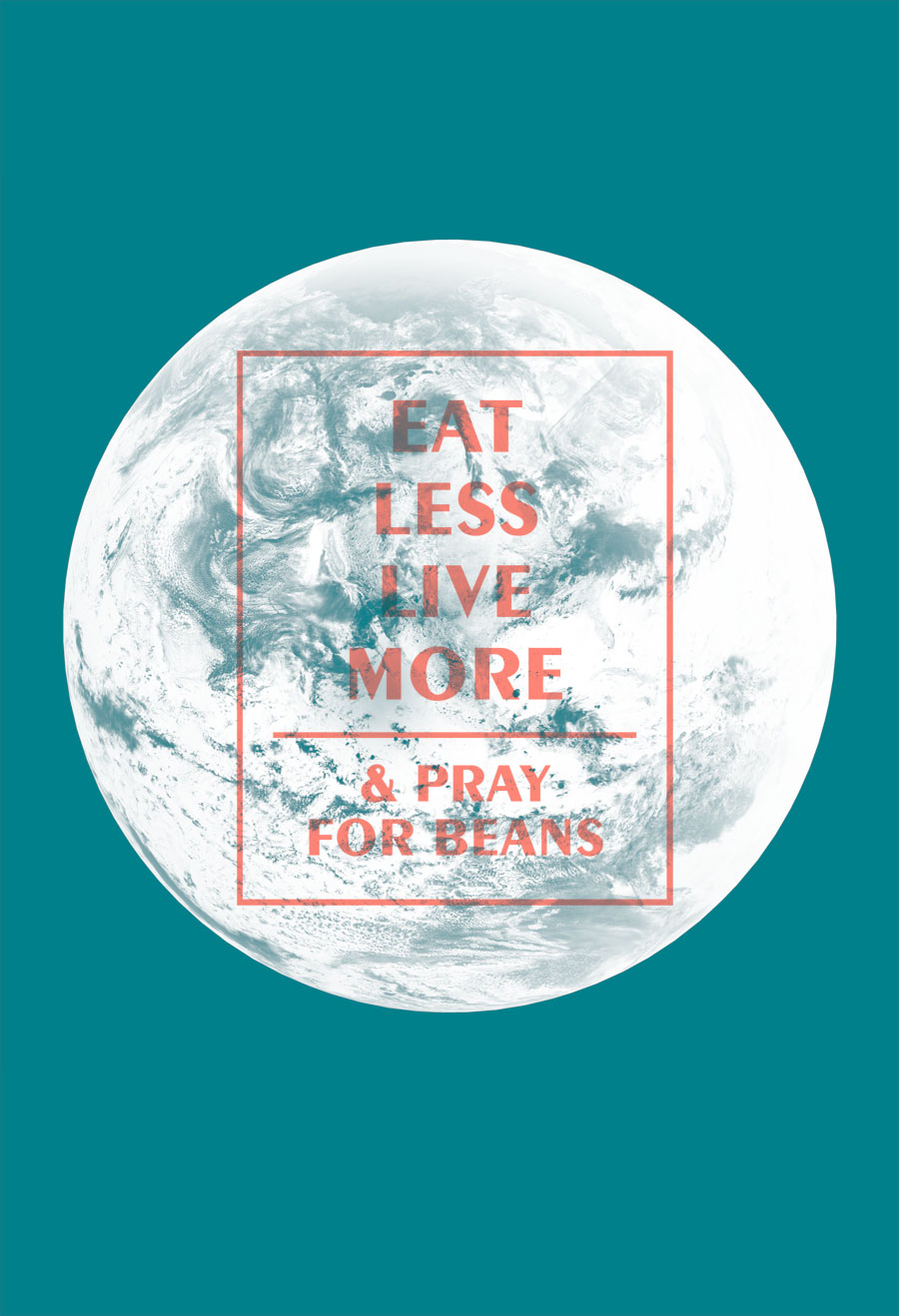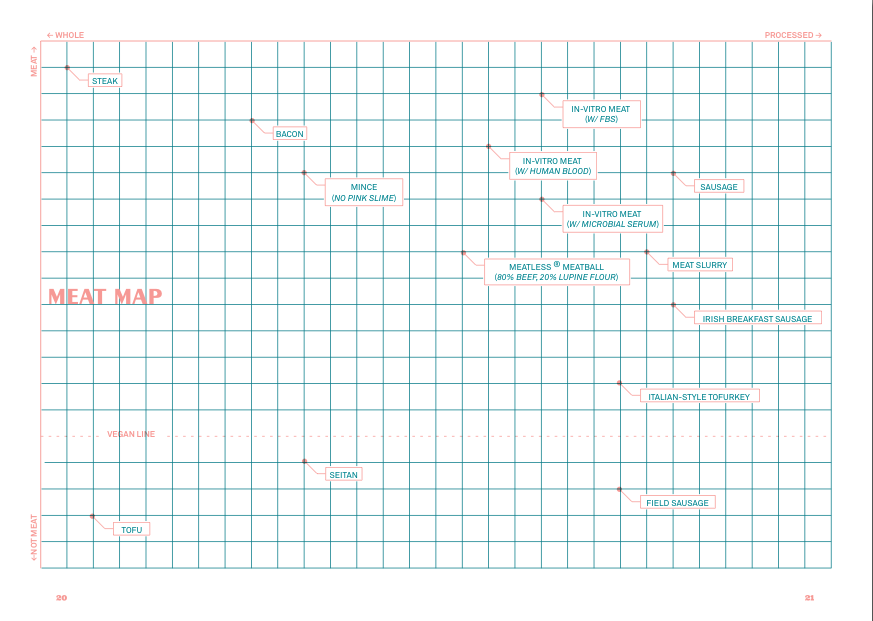
ABSTRACT
Realism and Expressionism in Speculative Food Design
Speculative Food Design uses the tools of design to imagine and prototype alternative cuisines, future food systems and experimental ways of eating. In this paper we will show how Speculative Food Design can be used to inspire new products and services, critique existing food design practices or as a method for conducting ethnographies of eater experience. We will examine and compare two modes: Speculative Expressionist Food Design and Speculative Materialist Food Design, and provide examples of each mode from our own creative practice. We will present two projects where ethical considerations caused us to work between the two modes, depending on who was eating the food. Finally, we will propose ways that other practitioners can apply these processes in research, teaching or industry.
Speculative Expressionist Food Design shares many qualities with critical design, design for debate and speculative architecture. By creating images, artifacts and experiences that present a viable simulation of a possible reality, audience members can think through the implications of what would happen if this fiction was real. This process is expressionistic because the images, artifacts and experiences are at the end of the day only mock-ups and props and no food is actually eaten. Audience members or research subjects may be viewers, or become performers, actively engaging with the food design scenario or installation. However they are not given access or allowed to eat the biological material because the food that is created is unsafe, inedible or simply doesn’t exist in biological / material form and can only be simulated.
On the other hand, Speculative Materialist Food Design differs in that the prototype takes the form of food that can actually be eaten by the audience. By seeking out novel ingredients / biotechnologies / cooking processes and serving them to an audience, Speculative Materialist Food Design implicates the eater directly in the imagined alternative food culture. These experiences remain experiments and are not necessarily repeated, or may not scale well for commercial or even artistic purposes, but can open up new pathways for receiving direct feedback from eaters. The emphasis of Speculative Materialist Food Design is creating simulated realities that provide access to actual genomes, biotechnologies or cooking processes, allowing audience members to interact with the material in the process of consuming it.
Both processes are valuable tools for thinking through possible alternative courses and futures for food design, but each have limitations as well. We will provide templates for carrying out this kind of work in different settings, and discuss the artistic and ethical considerations when doing so.






